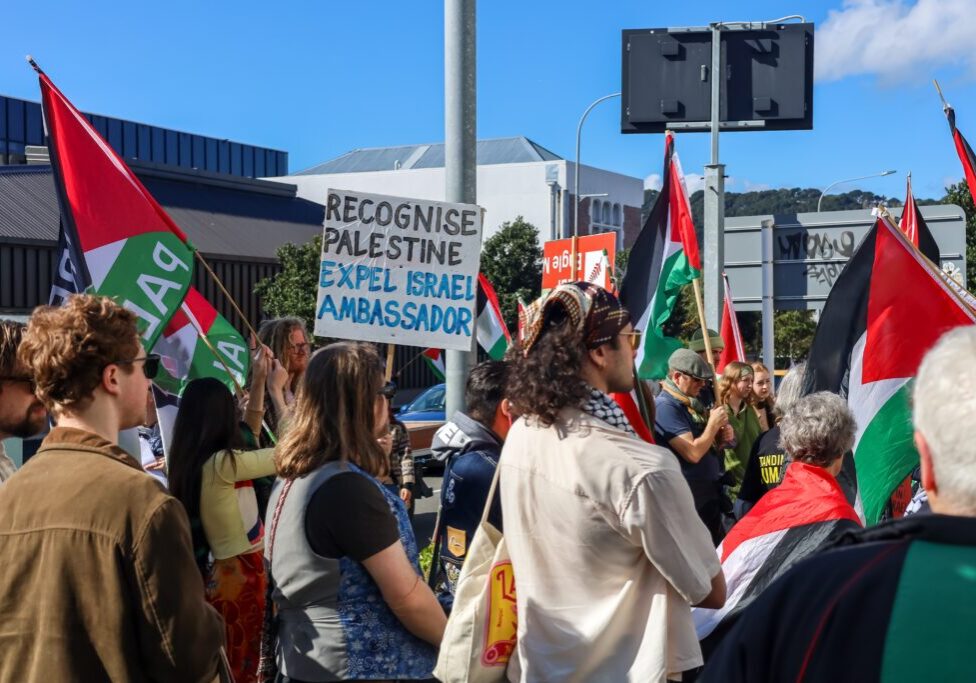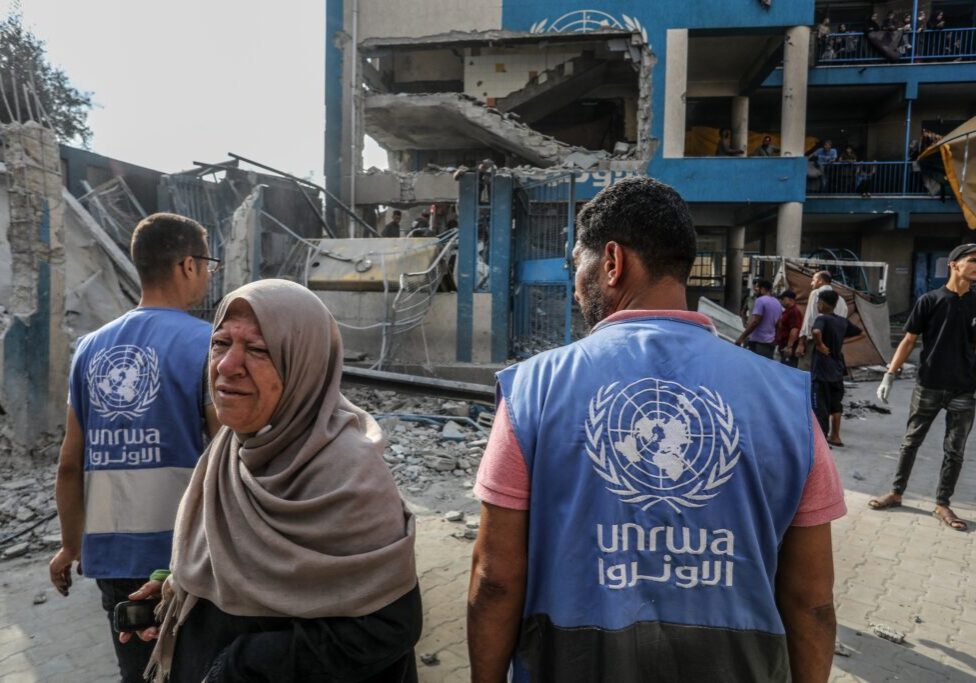Australia/Israel Review
Editorial: Gaza’s Bitter Harvest
Mar 27, 2012 | Colin Rubenstein
Colin Rubenstein
In four days in early March, well over 200 rockets were fired at southern Israel from the Gaza Strip, injuring several people, sending up to a million Israelis to the bomb shelter, and cancelling school for approximately 200,000 students. Israeli air strikes targeted the Popular Resistance Committees (PRC) and Palestinian Islamic Jihad (PIJ) – the groups responsible for the rocket attacks – killing 25 Palestinians of whom 22 were terrorists, mostly from Islamic Jihad, and many hit in the act of firing rockets.
The violence was triggered when Israel carried out a targeted killing of Zuhair al-Kaissi, the leader of the PRC, whom it said was planning a major attack on Israel through Sinai. This was the fourth major outbreak of conflict around Gaza over the past year.
Sadly, this recurring violence is the bitter fruit of the Hamas takeover of the Gaza Strip in a coup against the Palestinian Authority (PA) in 2007. Hamas was not firing the rockets this time around, but there is no doubt it allows and even encourages groups like PRC and PIJ to do so. More importantly, Hamas has no objection to Gazan groups planning attacks on Israel from Sinai – which allows them plausible deniability. Facing an attack of this nature, Israel had little recourse but to launch the pre-emptive strike on al-Kaissi.
Hamas seems unwilling to restrain Gaza’s smaller terror groups, even if calm would buy them more support among the Gazan public, because Hamas’ embedded religious worldview and ideology reject any long-term co-existence with Israel – Hamas leaders actually say that they are religiously prohibited from even considering this possibility. In addition, their traditional benefactors and hosts, Teheran and Damascus, demand confrontation with Israel as the price of their support.
That said, there are recent signs that Hamas’ relationship with these countries is under review. The unrest in Syria has caused Hamas to close their long-standing headquarters in Damascus and distance themselves from the Syrian regime, as it murders and oppresses opposition groups, some of which are Sunni Islamist allies of Hamas.
Meanwhile, Hamas’ external leader Khaled Meshaal, formerly based in Damascus, has made attempts to steer the organisation away from Iran. In early February, he signed an in-principle power-sharing agreement with PA President Mahmoud Abbas’ Fatah party in Doha, which would see Abbas also assume the role of prime minister in an interim government.
That deal looks to be going nowhere fast, as have all past such unity “agreements” – mostly due to the deep distrust and conflicting long-term interests between Fatah and Hamas. However, even as the deal flounders, it offers a glimpse into the strategic vacillations within Hamas’ leadership – especially between the factions based within Gaza and those abroad.
As reported last month, Hamas’ leadership failed to unite behind the Doha deal as signed by Meshaal. In particular, senior Hamas officials in the Gaza Strip such as Hamas PM Ismail Haniyeh and Foreign Minister Mahmoud al-Zahar have distanced themselves from the agreement.
Haniyeh railed against Israel in a visit to Iran in February. More recently, Meshaal’s deputy, Musa Abu Marzouk, met on March 12 with Iranian-backed Hezbollah leader Hassan Nasrallah in Lebanon. In that meeting, Hamas and Hezbollah reportedly pledged to work together to improve Iran’s relations with Arab states, “based on trust, especially with the Muslim Brotherhood.” Three days later, al-Zahar visited Iran in a renewed gesture of solidarity.
Hamas’ latest overtures to Iran might well suggest that Hamas is looking for a way to move closer to the resurgent Muslim Brotherhood without burning its bridges with Teheran.
With or without Hamas, Iran was a player in the current round of unrest. The PIJ, which fired most of the rockets against Israel in the latest violence, is a completely loyal, bought and paid for, Iranian proxy. The PRC is closely affiliated with Hezbollah and also receives Iranian support. Reports say Teheran was a principal instigator of the Gazan escalation, as it hoped to divert attention away from its own nuclear weapons program, as well as the brutality in Syria, where the Assad regime remains a key Iranian ally. Violence could also drive up international oil prices, which makes it easier for Teheran to shrug off international sanctions.
In the short term, analysts expect Hamas to continue to experiment with new strategic alliances in a rapidly changing Middle East. An interesting by-product of current economic sanctions waged against Iran’s nuclear program is the way that it has hampered Teheran’s ability to finance its proxy groups, such as Hamas, as reliably as it had in the past. Hamas must now weigh its own interests against those of its various regional allies.
While the media has framed the current rift in Hamas as a disagreement between moderates and hard-liners, in actuality, the split is more tactical than ideological. What is important to understand is that none of Hamas’ potential suitors – be they the Shi’ites of Iran or the Muslim Brotherhood Sunnis of Egypt, Jordan, Qatar and elsewhere – are asking Hamas to abandon its rejectionist ways. Nor is there much support within Hamas for doing so, according to those who understand the terrorist organisation’s inner workings.
The results of the changes within Hamas as the leadership attempts to adapt to the changing Middle East strategic environment are uncertain, but they seem more likely to exacerbate the continuing instability around Gaza than the opposite. Hamas’ leadership is counting on the Egyptian Muslim Brotherhood, Hamas’ inspiration and parent organisation, taking over in Cairo and offering direct military, financial, and political support to Gaza to continue its conflict with Israel. Given that in the aftermath of the skirmish between Gaza and Israel the Islamist-dominated Egyptian Parliament demanded a severing of all ties with Israel, they may well receive their wish. Regrettably, the resulting violence could make the latest Gaza-Israel skirmish seem modest by comparison.
Tags: Palestinians






